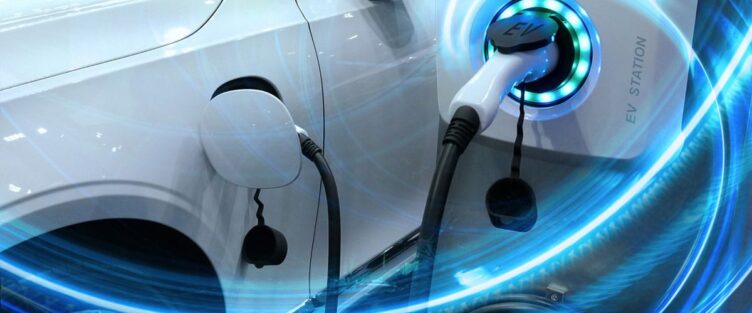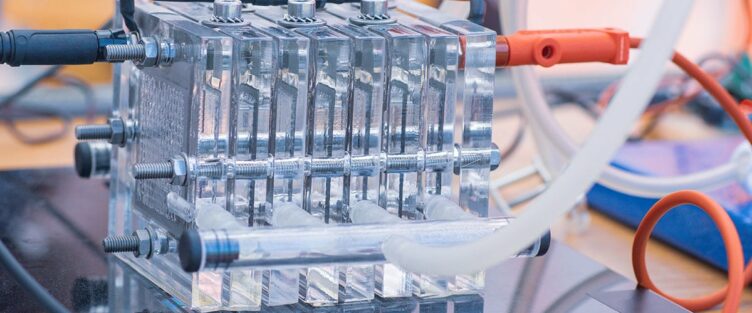The two primary types of low carbon vehicle that are currently available to the mass market are those powered by electricity (battery electric vehicles, plug-in hybrid vehicles, extended-range electric vehicles) and those powered by hydrogen fuel cells (FCEVs). Battery electric vehicles (BEVs) operate purely on electricity, whereas plug-in hybrids (PHEVs) and extended-range electric vehicles (E-REVs) use internal combustion engines to power the vehicle some of the time. There are several considerations to be taken into account when it comes to each type of technology, the impact on the environment, and the implications for the manufacturer and the end-user.
LCVs and emissions
Although EVs and PHEVs (in electric mode) operate with zero tailpipe emissions, there are some emissions from the source of their electrical power. So until the global infrastructure transitions towards clean electricity, EVs can’t truly be seen as a “zero emission solution”. Despite this, research has found that over their lifetime, EVs in countries such as Sweden and France have average emissions around 70% than ICE vehicles (as their electrical power comes mainly from nuclear and renewables), and in the UK, emissions around 30% lower. Hydrogen fuel cell vehicles (or FCEVs), emit only water and air, so again emit zero carbon from the tailpipe. However, there is a similar challenge – currently, hydrogen fuel is produced and transported to pumps using fossil fuels, but as demand rises and investment in the technology increases, the infrastructure will be able to develop and we will be able to reduce emissions in the supply chain.
Energy density
Ostensibly, a major concern in consumer vehicles is their range. Manufacturers working on LCV projects are continually trying to find ways to extend the range of alternative fuel vehicles. Currently, the BEV with the longest range is the Tesla Model 3, which has a 405-mile range on one charge (although this is currently only an estimate), which is longer than the average for ICE vehicles, with most having a 250-300 mile range. PHEVs and E-REVs can match or exceed the range of an ICE vehicle, but only a part of this range is powered purely by electricity. E-REVs have a range of around 150 miles after which the onboard ICE generator kicks in to charge it. PHEV batteries usually have a range of around 20-30 miles. BEVs are able to achieve increasingly longer ranges because of the high energy density of the large lithium-ion battery packs that are used within them (around 100-265 Wh/kg).
Hydrogen fuel cells vehicles can achieve ranges of around 300 miles to match the average of current consumer vehicles, however, this comes with an additional challenge. Hydrogen’s energy density is significantly lower than that of both li-ion batteries and gasoline, at around 8 mJ/L. To meet the current standards and range of consumer vehicles, a significant amount of hydrogen would need to be stored on-board, with tank capacities for around 5-13 kg of hydrogen. While the hydrogen storage weighs less than li-ion delivering the same amount of range, the concern is the volume of these tanks and the space that they would need to take up. Therefore, thus far it’s been proposed that hydrogen fuel is primarily a solution suitable for larger vehicles, not necessarily passenger vehicles.
Energy efficiency
Of course, when it comes to powering a vehicle, it’s not just about how much energy you can store, it’s about what you can do with it. A study by Volkswagen found that the energy efficiency losses suffered by hydrogen from “well-to-tank” (from production to use within the vehicle) are significantly higher than those suffered by li-ion batteries. The overall efficiency rate of electric vehicles is around 76%, compared to hydrogen, which is 30%. This is due to all the ways in which the hydrogen has to be processed in order for it to power a vehicle – from generating the energy, it goes through electrolysis, then compression and liquefaction, then transportation and filling, then into the fuel cell, then into a low capacity battery, then into the engine. By contrast, electrical energy is generated, transported and stored, transferred into a high capacity battery then into the engine.
Elmelin are working closely with automotive manufacturers to develop innovative insulation solutions that will help them to address challenges with safety, performance and efficiency in battery and fuel-cell electric vehicles. If you’d like to find out more about our solutions, get in touch.




